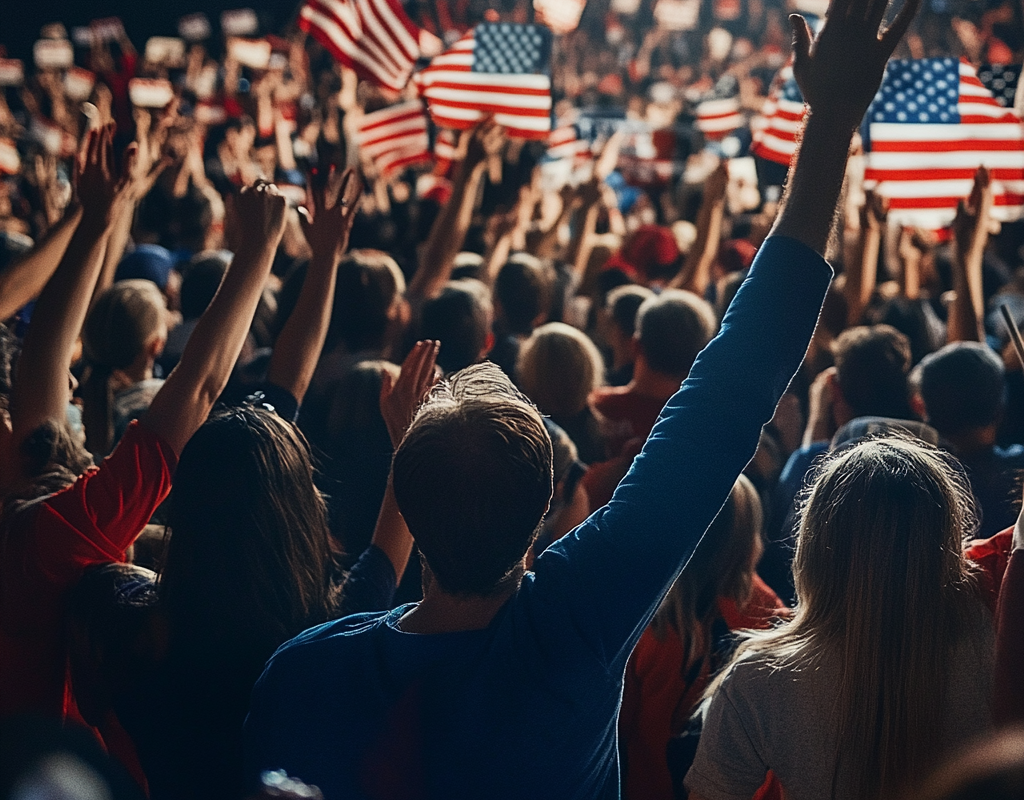By Alexis Stinnett
Social media has become a prevalent force in everyone’s lives. We spend countless hours scrolling our feeds, finding entertainment, news, and a variety of other things to fill our time. Social media in politics has become a major factor since the 2016 presidential election and the run-up to it. Social media and the presence a candidate has on these platforms is no longer just another aspect of their campaign; some may argue that it is now the most important part.
In this blog post, I will compare six posts from both Kamala Harris’s and Donald Trump’s Instagram accounts that were posted at various times on Saturday, October 26, 2024. By using these two accounts as examples, we can examine the different social media strategies employed by both campaigns.
First, when assessing Harris’s most recent six posts, a few things stand out. All but one of these posts are in reel format. This is a strategy that is becoming more popular on social media, as analytics have shown that Instagram reels receive more engagement. Additionally, Instagram reels typically reach a younger audience, such as Gen Z, which is a demographic the Harris campaigns has been steadily targeting. Another notable aspect is that three out of the six posts feature Harris speaking directly to an audience.
Whether this audience is at her recent rallies or her social media followers, she is engaging with a group of people. By highlighting her speaking on social media, her campaign is capitalizing on one of her identified strengths: her ability to speak eloquently in public settings. After Biden was criticized repeatedly for his public speaking skills and Trump faced criticism a lack of originality in his speeches, the Harris campaign aims to showcase this skill. By presenting her speaking in most of her posts, her PR and social team hope to help people identify her as the better candidate.
When assessing Trump’s most recent six posts, there is a stark difference. Three of the six posts are “flyers” for his rallies in various battleground states. They all use similar language and have a consistent design scheme. These posts do have a purpose, even if it seems counter intuitive to what we know about Instagram engagement. For Trump, his followers tend to be a part of an older age group than Harris’s audience.
As a result, the Trump campaign prioritizes posts that are traditional and straightforward, appealing more to his demographic. In addition to these stylistic differences, none of Trump’s posts feature him speaking. Instead, two of the three videos are cinematic and include clips of him from this and past campaigns, with narration. This approach appeals to his audience, as they have increasingly viewed him as a “hero” since his assassination attempt. These cinematic recaps play into this rhetoric, which is undoubtedly a strategy being used by his PR and social media team.
Overall, it is now the norm for social media to be a large part of political campaigns. By using a variety of different strategies, candidates can appeal to their strengths while maintaining a connection with their audience.


Hi Alexis! I really enjoyed reading your post. It is so interesting to see how the two presidential candidates are using social media in different ways during this election cycle. As you stated, social media has become a tool and platform in a completely new way during this election that is has been in ways past. It is cool hos different aspects of social media are used to target different audiences, and it is clear that both Harris and Trump’s campaign teams are tuned into this.
Alexis, nice work! Your analysis of Harris and Trump’s social media strategies shows how each campaign tailors content to resonate with their target demographics. Harris’s reels engage younger audiences with a focus on public speaking, while Trump’s straightforward posts and cinematic recaps cater to his older base. Social media truly shapes modern politics. We must adapt and learn to work with it.
Great article, Alexis! The detailed insights into the election and the communication strategies across media platforms were crucial to each candidate’s campaign. The expansion of independent media, alongside traditional outlets, played a key role in helping Trump surpass Harris in critical states. Despite both campaigns increasing their budgets and targeting specific publics, the use of engaging entertainment and informational outlets ultimately set the candidates apart on Election Day.